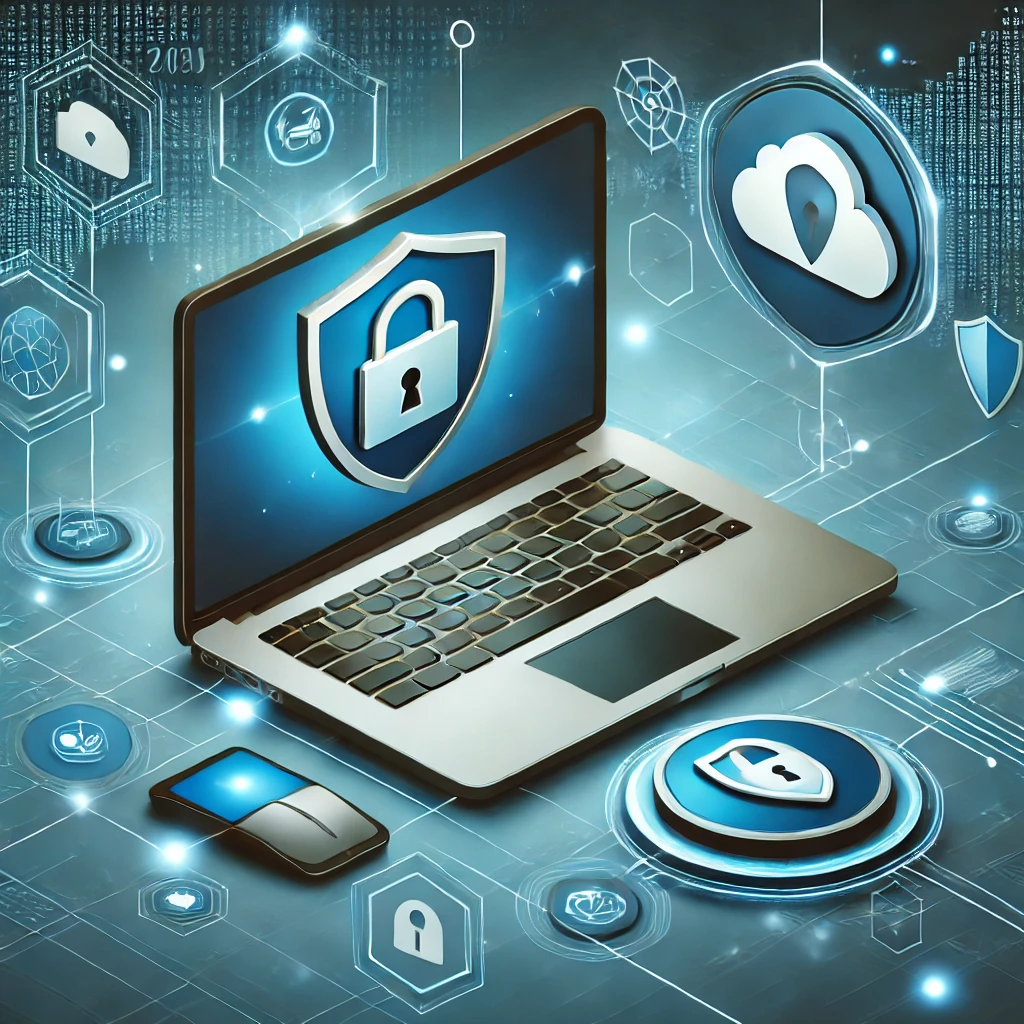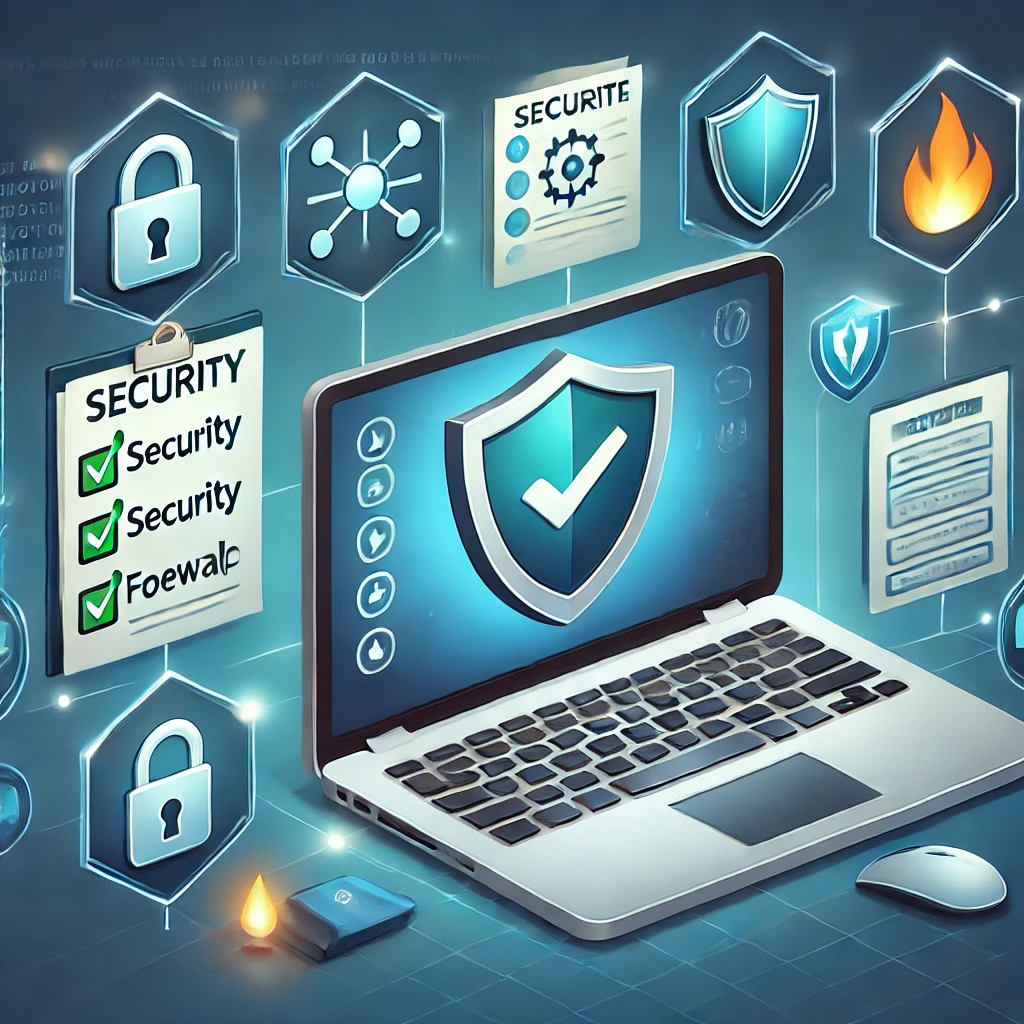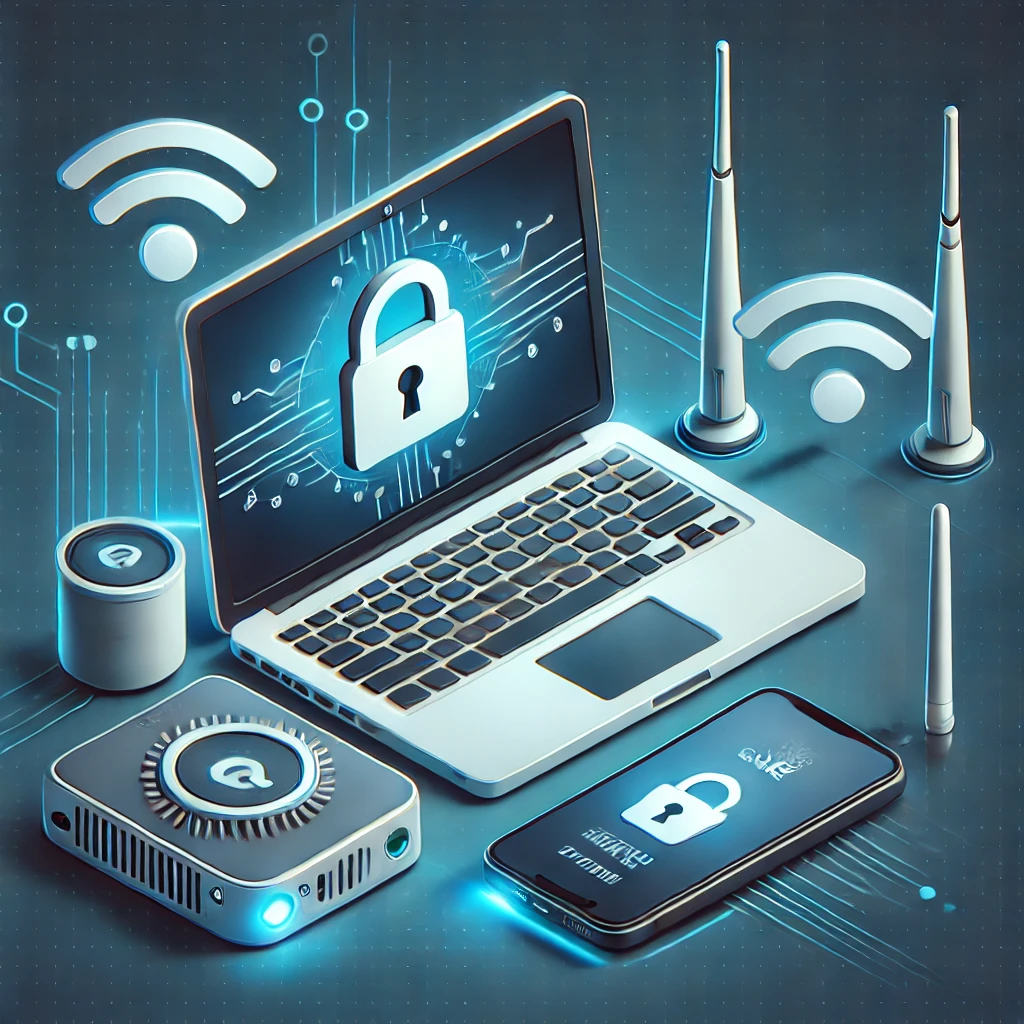
Working from home has completely changed the way businesses and individuals approach productivity. It is all about flexibility and convenience, and remote work allows employees to effectively work from literally anywhere in their houses around the world. This kind of freedom bears unique risks, among which the biggest ones have to do with cybersecurity.
The incidences of cyber hazards like data breach, phishing, and malware occur more and more as more and more people work remotely. You are outside the well-protected bubble of the office IT network-matters now being in your hands to take proactive steps to secure your immediate digital environment. This day-to-day step-by-step guide will empower you to protect your workspace without losing your cool or ruining productivity.
Tools Needed for Remote Work

Creating a secure remote work setup requires specific tools and a proactive mindset. Below is a list of essential materials:
| Tools | Purpose |
|---|---|
| Virtual Private Network (VPN) | Encrypts your internet connection for privacy. |
| Password Manager | Stores and generates strong passwords. |
| Antivirus Software | Protects against malware and cyber threats. |
| Multi-Factor Authentication (MFA) | Adds an extra layer of security. |
| Secure Internet Connection | Prevents data interception from public Wi-Fi. |
| Firewall | Monitors and controls network traffic. |
| Collaboration Tools (e.g., Slack, Microsoft Teams) | Secure communication channels. |
Each of these tools plays a critical role in minimizing vulnerabilities and strengthening your digital defenses.
Step-by-Step Instructions of Remote Work
Step 1: Encrypt Your Internet Traffic with a VPN
A Virtual Private Network creates a secure and safe connection over the internet between your device and the internet to keep your information safe from hackers.
- Use a sufficient and secure VPN service, such as NordVPN or ExpressVPN.
- Install the software on work devices.
- Always enable the VPN before accessing sensitive work systems because the road and public Wi-Fi make the devices vulnerable to attacks.
Step 2: Use Strong Passwords—Certainly Use a Password Manager
Several password-related risks are associated with working remotely, and this is where a password manager comes into play: the user can create complex passwords for all accounts and store them safely.
- Generate unique passwords for each site using the tools from LastPass or Dashlane.
- Ensure passwords are at least 12 characters long, combining letters, numbers, and symbols.
- Never use the same passwords across different platforms.
Step 3: Multi-Factor Authentication (MFA)
Multifactor authentication refers to an additional step in your process of login, whereby verification occurs.
- Enable MFA—which would mean for work accounts, such things as email and cloud storage—by default.
- Generate timed codes using applications that include Google Authenticator.
- Verify MFA functionality by logging in and completing the process before relying on it.
Step 4: Stay Updated on Cyber Threats
Cybersecurity trends keep changing, and being in the know is crucial for a remote worker. Security experts freely share knowledge and words of advice on good practices. For example, check out this wise position by @localhostAlok on X:
These reminders really show how proactive the measures are in keeping your digital workspace safe. Adding professional advice on how one should be prepared for any new threats that might arise.
Step 5: Avoid Public Wi-Fi Without Precautions
Public Wi-Fi may expose your devices to cyberattacks.
- Always enable your VPN when using shared networks.
- Turn off the settings related to file sharing on your device.
- Prefer personal hotspots over public hot spots for better security measures.
Step 6: Secure Your Remote Home Network
This is what provides the backbone of your work-from-home security: your home network.
- Change default admin credentials on your router to a strong username and password.
- Enable WPA3 encryption on your Wi-Fi.
- Create a guest network to segregate non-personal work devices.
Step 7: Regular Backup
Backups can keep you safe against data loss in case of cyberattacks or system crashes.
- Automate cloud backups with services like Google Drive or Dropbox.
- Perform a complete offline backup to an external drive and keep it in a safe location.
- Regularly test your backed-up data to ensure that the things you’re backing up are recoverable.
Step 8: Train Yourself and Your Team
The key factor for remote workers and teams is awareness of cybersecurity.
- Provide training sessions on how to identify phishing scams.
- Invest in gamified cybersecurity lesson platforms like KnowBe4.
- Regular reviews of team practices to ensure that everybody in the team stays current.
Remote Work Tips and Warnings

Securing a remote workspace is more about being watchful and taking proactive care than it is about the use of tools. The tips listed below will help in improving cybersecurity and avoiding possible threats:
| Tips | Warnings |
|---|---|
| Use strong, unique passwords for each account. | Avoid clicking on attachments from unknown links. |
| Regularly test your backups for usability. | Do not store sensitive data on devices without security. |
| Review security practices monthly. | Never use public Wi-Fi without a VPN. |
Pro Tip: Keep your cybersecurity tools updated to ensure optimal protection. Outdated tools can become liabilities.
Conclusion
While remote work opens floodgates of unparalleled flexibility and ease in today’s virtual world, it equally exposes one to unprecedented cybersecurity risks. However, such exposure can be dealt with proactively. You will go a long way toward enhancing your digital safety if you institute cardinal measures such as the use of VPNs, enabling multi-factor authentication, securing home networks, and generally staying updated on emerging threats.
Cybersecurity is not an event, but rather a process. It depends on continuous updates, training, and alertness to keep the remote work environment secure. Use this guide to take the right steps to protecting your data, keeping productivity levels high, all while embracing the benefits of remote work with confidence.
Decision time: start securing your setup now, rest assured that you are prepared for any cybersecurity challenge!
FAQ
How will I know that my remote working setup is secure?
These include a VPN, MFA, strong passwords, and updated software in the security setup. Most security reviews often help in the continuity of safety.
What should I avoid when working from home?
Avoid public Wi-Fi access that is unencrypted, sharing sensitive information across insecure channels, or ceasing software updates.
How does a VPN improve security for remote workers?
A VPN encrypts data sent over the internet and protects it from possible unauthorized access, especially in open or shared networks.
Resources
- NCDIT. Government resources for cybersecurity.
- Cloudclevr. Practical tips for remote workers.
- National Cybersecurity Alliance. Advice from the Stay Safe Online initiative.
- X. Actionable tips on securing remote work environments.
- ThreatAdvice. Watch the video tutorial on securing remote work environments.
